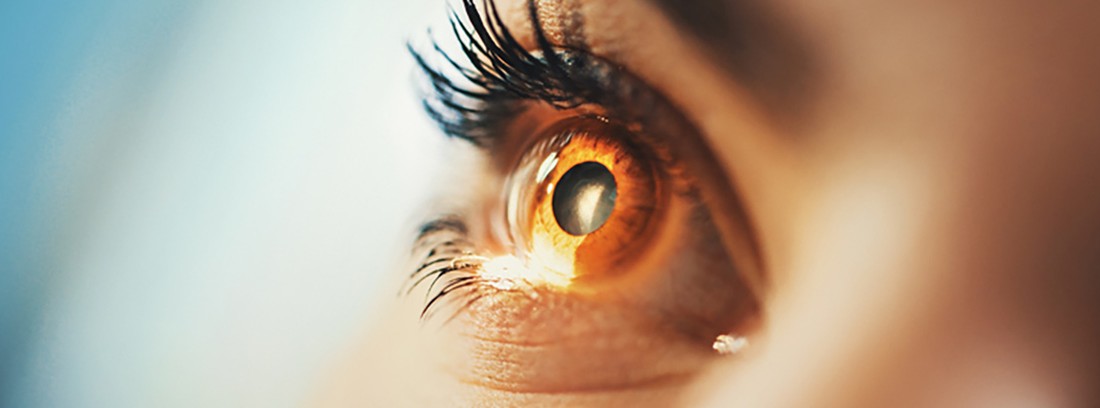Refraction disorders
 | We speak of refractive disorders, when the optical function of the eye's structures moves away from what would be the "perfect" or emmetropic eye, calling it anisometrope. The main refractive disorders are: hyperopia, myopia, astigmatism and presbyopia.
| We speak of refractive disorders, when the optical function of the eye's structures moves away from what would be the "perfect" or emmetropic eye, calling it anisometrope. The main refractive disorders are: hyperopia, myopia, astigmatism and presbyopia.
The main refractive disorders are:
- Farsightedness: produces a vision difficulty, especially of nearby objects, requiring an effort to focus, which can manifest as strabismus in children, eye fatigue, headaches at the end of the day, etc. From the age of 40-50, the eye decreases its ability to focus and distant vision difficulties also appear.
- Myopia: produces a difficulty of vision of distant objects, on the other hand, an optimal and effortless vision of nearby objects.
- Astigmatism: It is due to the irregularity of the curvature of the lenses of the eye, especially the cornea, either from birth or secondary to surgeries, scars, etc. Objects appear blurry, or distorted, both from afar and up close.
- Presbyopia: also called "eyestrain." It is caused by the progressive loss, especially after 30-40 years, of the ability to make an effort to focus on nearby objects (reading, sewing). This is due to the aging of the lens that increases its hardness, making it difficult to bend and therefore increase its power as a lens.
How does our eye act?
The eye, as an organ, must be understood as a series of biological structures whose main mission is to "focus" the image perceived on the retina, so that it is subsequently transmitted, through the optical pathways, to the brain area in charge of processing them. . That is why we have a series of optical "lenses", some fixed and hemispherical, such as the cornea, and others adaptive such as the lens, which, thanks to the contraction / relaxation of a muscle, the ciliary muscle, varies its curvature, varying thus its power. This allows us, for example, to read (the lens increases its curvature / power) and then watch the television (the lens decreases its curvature / power).
Another essential factor is the size of the eye, especially what we call Axial Length. The lens system must focus the image on a specific point on the retina, the "fovea", and thus, if the eye is too large, the image will focus in front of the retina, and if the eye is too small the image will be It will focus behind the retina, although in this case an action of the ciliary-crystalline muscle may "advance" the focus until it coincides with the fovea.
types of refractive disorders
This diagram illustrates us about the different refractive disorders, taking into account variations in axial length. A. Emmetropic eye: light rays from afar (parallel), after passing through the two lenses: cornea and crystalline, converge on the retina. B. myopic eye (larger), the distant rays converge in front of the retina, whereas the rays of near images (divergent), manage to focus on the retina. C. Hyperopic (smaller) eye, the rays from a distance focus behind the retina, but increasing the power of the crystalline lens (accommodation) is able to focus on the retina.
exist refractive disorders Also related to the curvature of the The most common is astigmatism, which basically consists in that the cornea is not perfectly hemispherical, thus, one part of the object is focused in front and another behind, with which the image becomes blurred and / or misshapen. Astigmatism, likewise, can be combined with myopia or hyperopia. The correction of these refractive disordersIt consists of placing different types of lenses in front of the eye that compensate for these defects and finally allow the image to be focused on the fovea. This is achieved with glasses or contact lenses, or by "manipulating" the lens system through interventions on the cornea (LASIK, radial keratotomy, etc ...), or by introducing lenses into the eye (ICL, IOL, transparent lens surgery , etc…). Techniques known as
(Updated at Apr 13 / 2024)